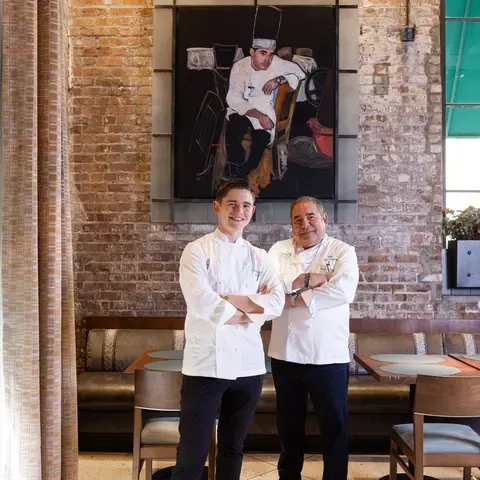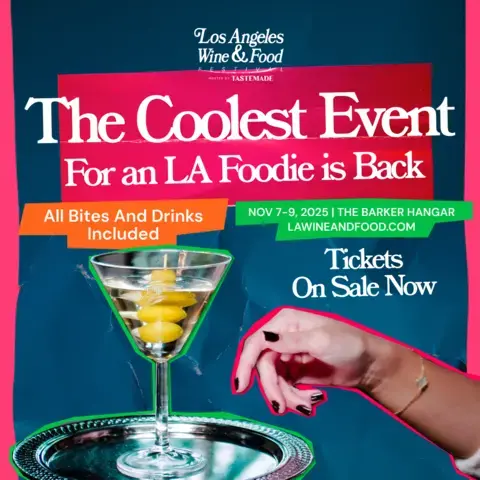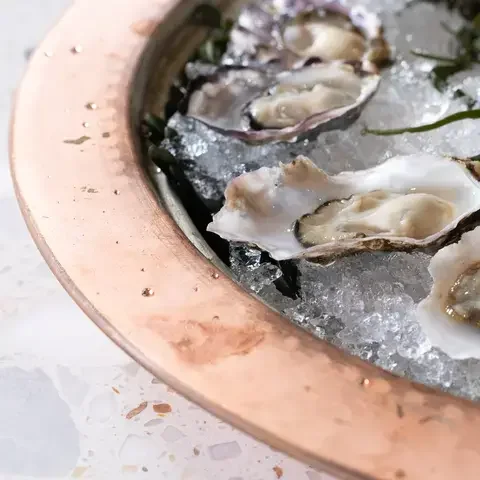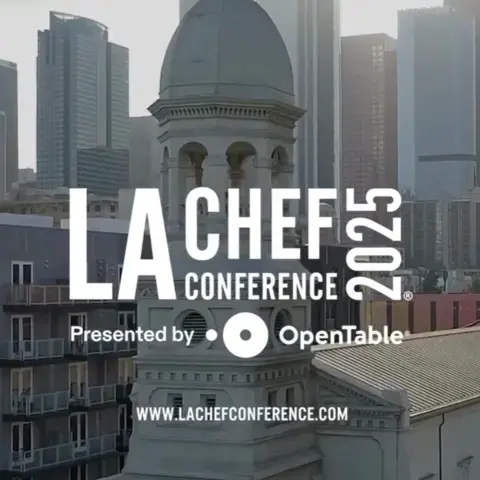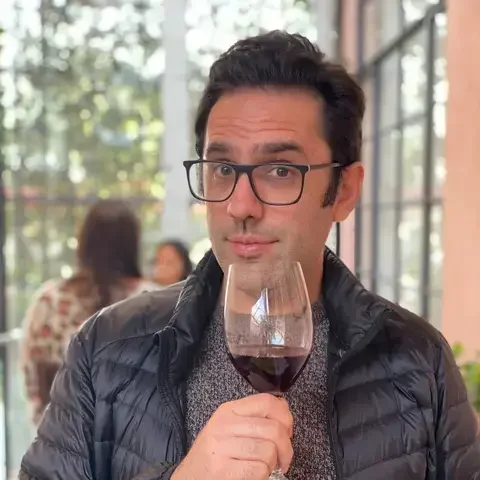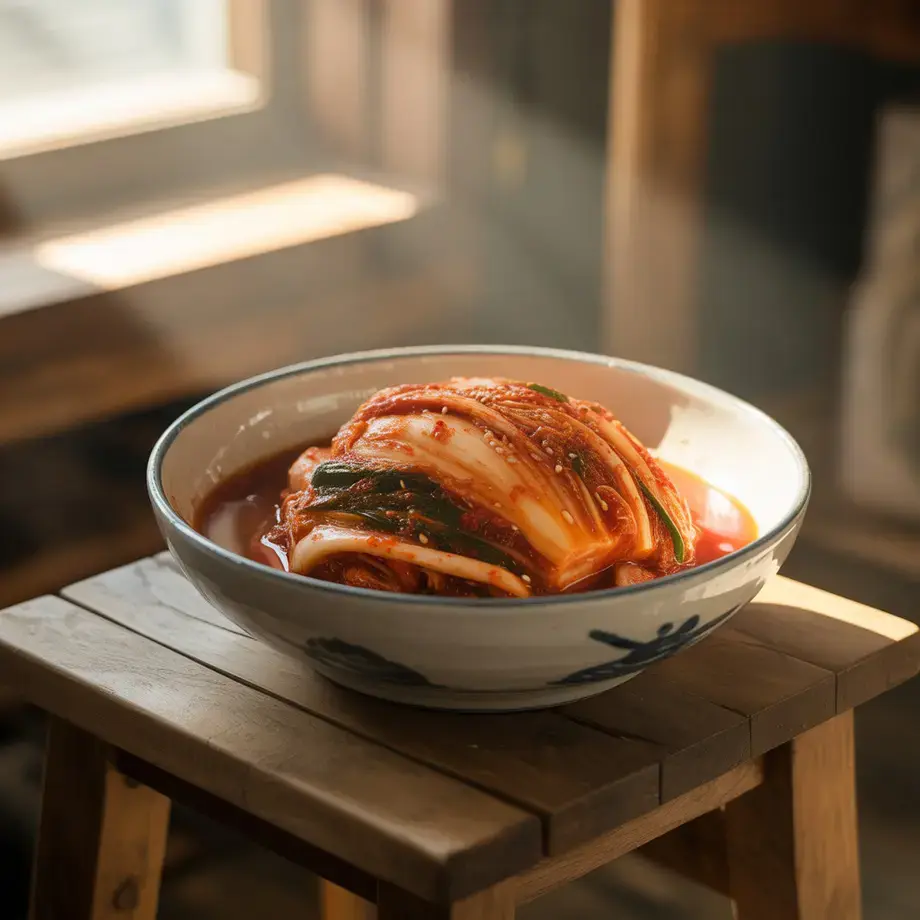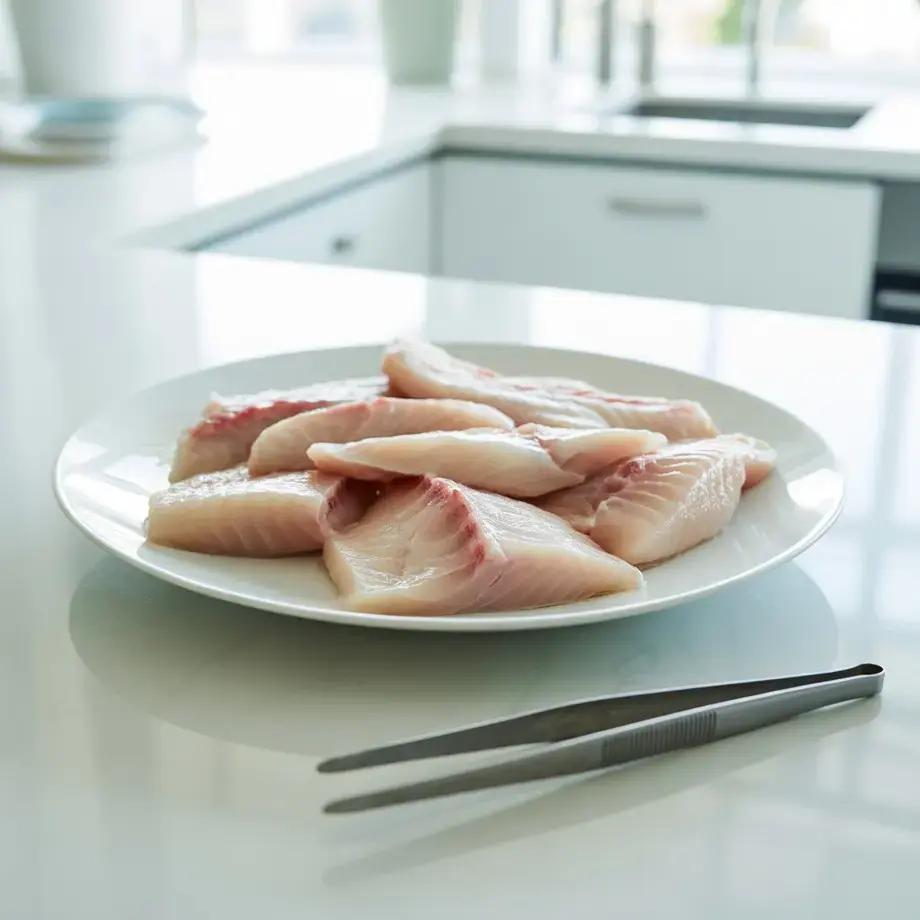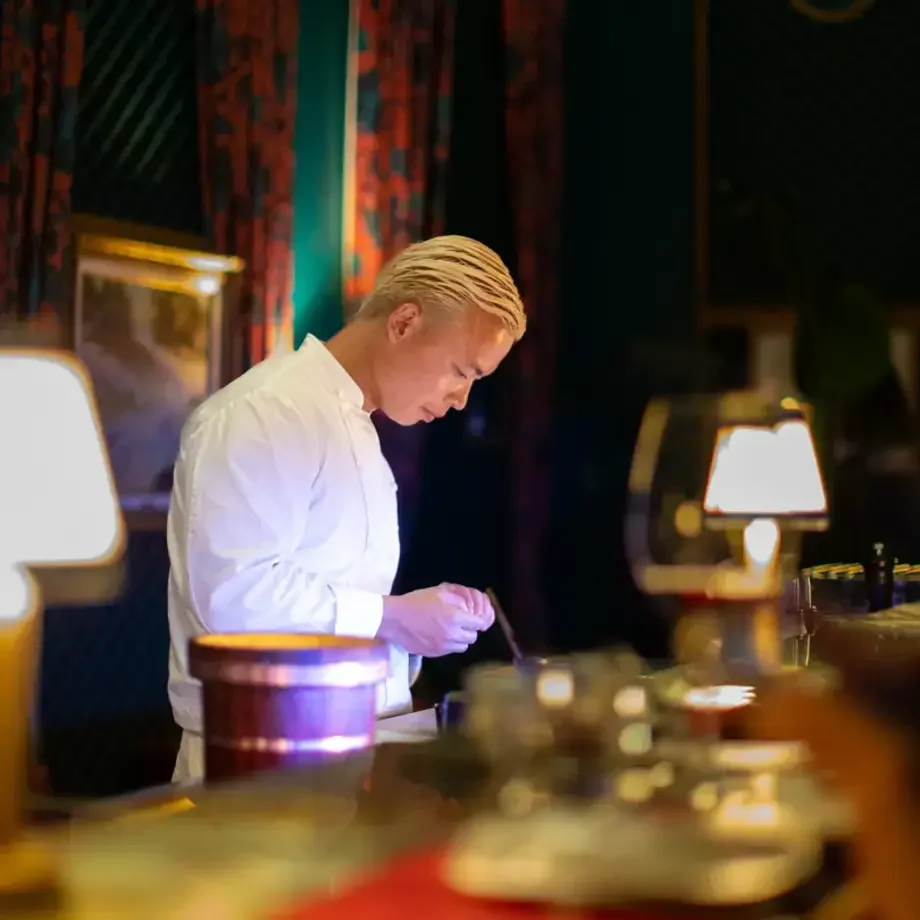Korean BBQ has been popular for decades, but now a new category has emerged—the Korean steakhouse. With splashy openings across the country, this new style of restaurant blends Korean BBQ with elements of an American steakhouse, where servers cook premium cuts of meat at the table using Korean-style marinades, ssam (쌈, a traditional Korean wrap using lettuce or perilla leaves to enclose grilled meat, rice, and condiments), and perhaps even a beef-focused omakase.
“Korean cuisine is deeply rooted in the concept of sharing,” says Korean chef and restaurateur Akira Back, who is behind ABSteak in Los Angeles and San Francisco. “In Korea, the word for ‘family’ (식구) literally means ‘people who share meals.’ Applying this philosophy to a Korean steakhouse, the experience revolves around sharing side dishes, stews, and premium cuts of beef with friends and family. This communal aspect is what sets Korean steakhouses apart.”
As some diners move away from traditional steakhouses and restaurateurs focus on more affordable and environmentally friendly menus, Korean steakhouses stand apart, capturing attention with a novel but familiar twist on the American steakhouse. The rise of Korean fine dining in America in recent years has only fueled the trend, with 10 Michelin-starred Korean restaurants in New York, including Atomix, which ranks as the highest-ranked U.S. restaurant on The World’s 50 Best list (#6 in the world this year).










